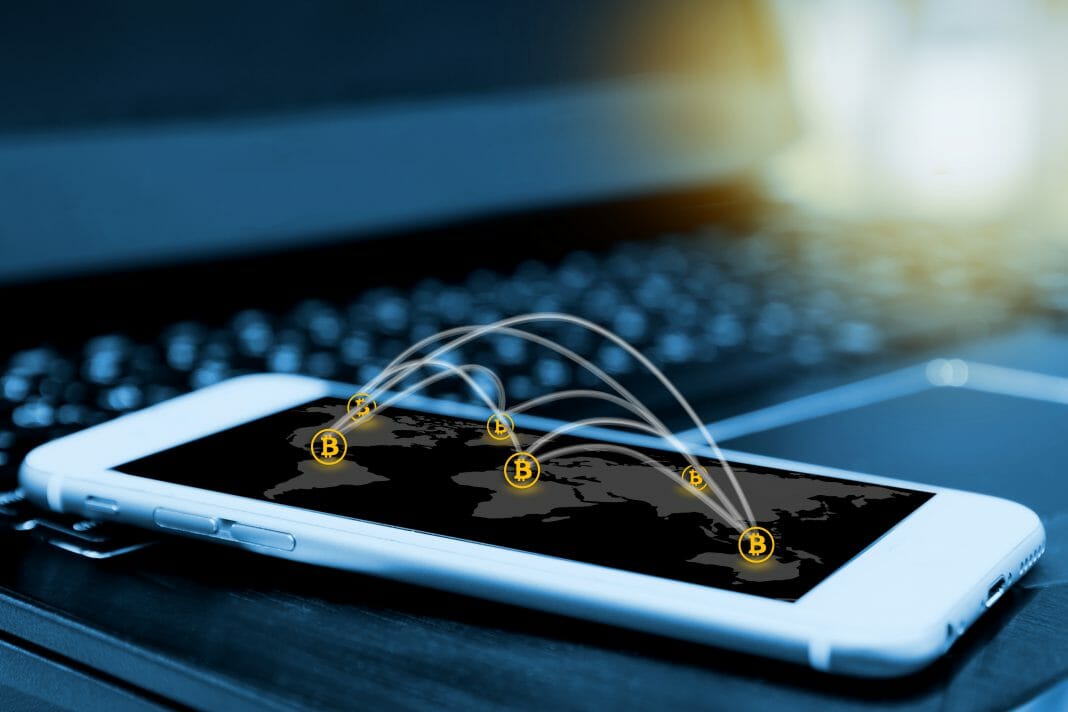The company’s most disruptive project allows employees to be rewarded with tokens. Blockchain Activation is considered as one of Telefónica’s most ambitious projects.
With the idea of participating in the construction of the networks of the future, Spanish-based telecommunications corporations, Telefónica, decided to work with blockchain technologies two years ago. With a history of over 95 years and operations in more than 16 countries, it has seen that blockchain is among the technologies that provide the attribute of trust.
The future travels through communication networks and blockchain allows providing those networks with the necessary trust, according to José Luis Núñez, Head of the Telefónica Blockchain Competence Center. He remarks that the use of blockchain makes it unnecessary to talk about security, reliability or privacy, since those attributes are already present in communication networks.
He emphasizes that, thanks to the attribute of trust, nobody has to validate, certify or audit what is happening on the network, since the network itself will do it through that new blockchain layer.
Núñez explains that the benefits offered by this technology are measured at Telefónica on the basis of the impact of the different projects, considering what they call the “magic blockchain quadrant.”
The Magic Blockchain Quadrant
The term “magic blockchain quadrant,” proposed earlier this year by the Telefónica blockchain team, refers to the development of a conceptual framework around this technology, which allows understanding the impact of projects and initiatives in different areas of innovation.
This quadrant groups the initiatives into three large families, depending on the nature of their impact on the business. This identifies a first group of projects, aimed at improving companies’ current business situation, creating efficiency and savings in existing products and services. This group may include initiatives that are conducted in many supply chains.
There is also a second group, whose objective is to transform business through the implementation of new models and sources of income in existing markets. Projects linked to digital identity would fall into this classification.
Additionally, a third type of initiatives arises. These are those “that really disrupt companies and even industries, creating and opening new markets.” Most of them have to do with “tokenization” processes.
Ongoing Projects at Different Levels
Among the most disruptive projects, Núñez cites experiences with tokenization dynamics in the Karma project, through which they promote token rewards for more than 2,000 Telefónica employees, on the basis of their individual contribution to the company, beyond the requirements of their jobs.
However, he believes that the most ambitious project is Blockchain Activation, of the accelerator network Wayra. It was recently activated, inviting emerging companies to register for free in order to test, for about six months, the modules implemented in the Telefónica network.
Núñez highlights the role played by the new TrustOS operating system in this program, which he considers to offer the attribute of trust that characterizes blockchain. The solution facilitates interactivity between applications, programs or operating systems. He clarifies that their best bet is to simplify the transfer of the necessary trust to the networks and give everyone access to it, making the complexity of the technology transparent.
The operating system is based on a middleware layer. This software is located between an operating system and the applications that run on it to allow communication with other applications, programs or operating systems.
By Willmen Blanco











